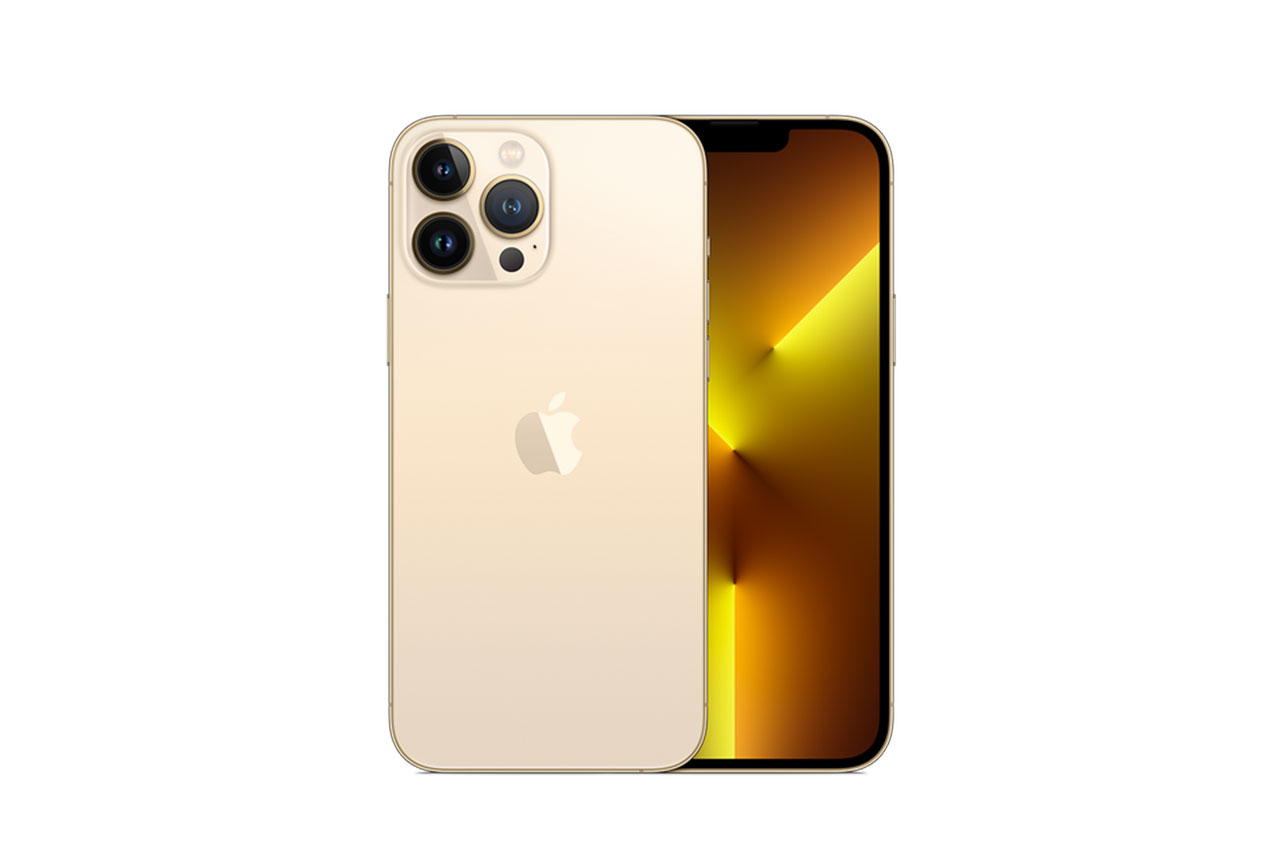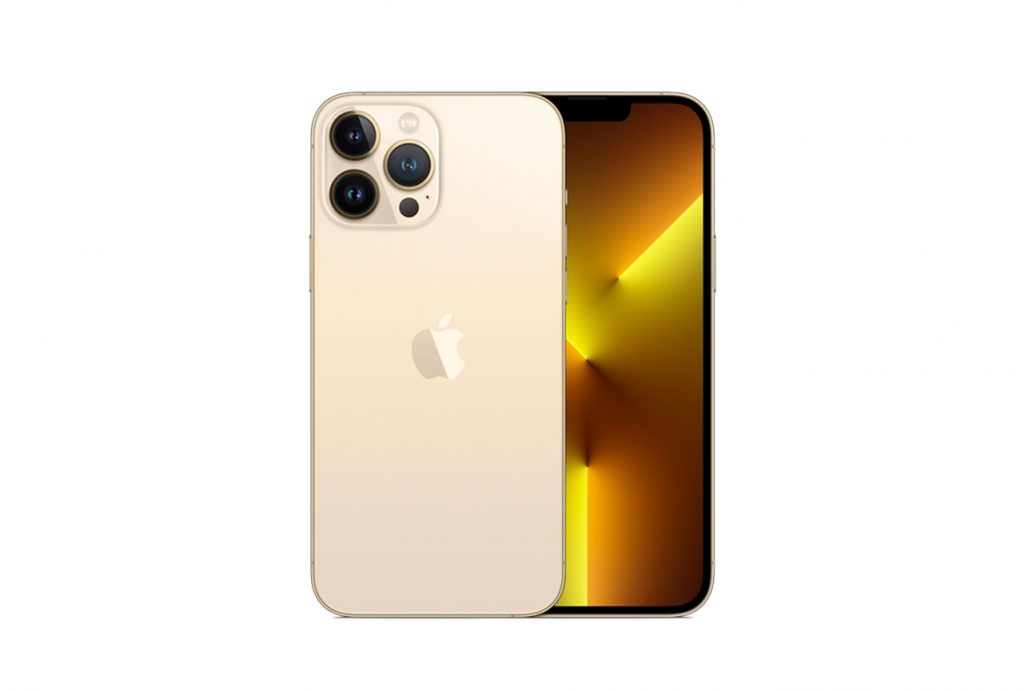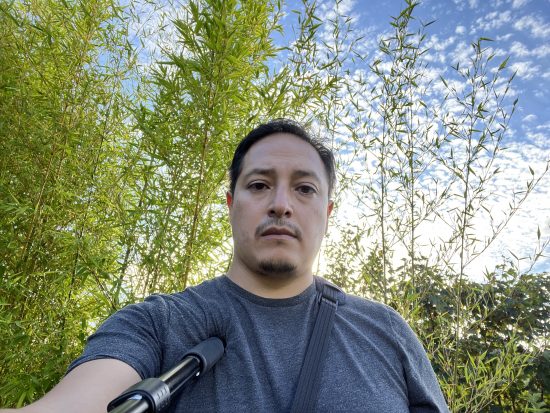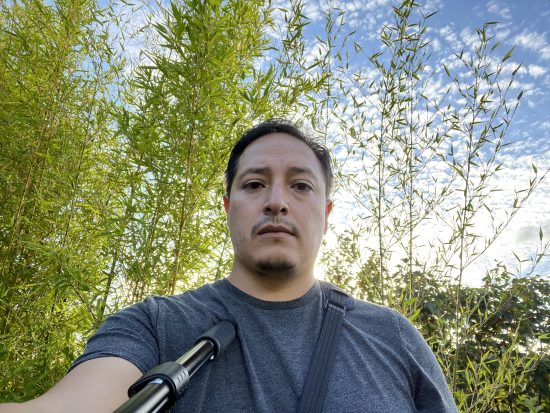The iPhone 13 Pro Max features the biggest Super Retina XDR display in the iPhone 13 series but otherwise shares most components with the smaller iPhone 13, including the A15 Bionic chipset and the rear camera setup.
The front camera hardware for selfie shooting is actually the same across all iPhone 13 models, including the iPhone 13 and 13 mini. A 12 MP sensor is coupled to a f/2.2-aperture lens that offers a 23 mm equivalent focal length.
Key front camera specifications:
- 12 MP 1/3.6″ sensor, 23 mm equivalent f/2.2-aperture lens
- 3D sensor
- Cinematic mode for recording videos with shallow depth of field (1080p at 30 fps)
- HDR video recording with Dolby Vision up to 4K at 60 fps; 4K video recording at 24/ 25/ 30/ 60 fps; 1080p HD video recording at 25 fps, 30 fps, or 60 fps
About DXOMARK Camera tests: For scoring and analysis in our smartphone camera reviews, DXOMARK engineers capture and evaluate over 3000 test images and more than 2.5 hours of video both in controlled lab environments and in natural indoor and outdoor scenes, using the camera’s default settings. This article is designed to highlight the most important results of our testing. For more information about the DXOMARK Camera test protocol, click here. More details on how we score smartphone cameras are available here.
Test summary
 Apple iPhone 13 Pro Max
Apple iPhone 13 Pro Max

99
selfie
86
Best: Google Pixel 7a (91)
84
Google Pixel 7a
Best: Google Pixel 7a (105)
91
Huawei P50 Pro
Best: Huawei P50 Pro (97)
72
Samsung Galaxy Z Fold3 5G
Best: Samsung Galaxy Z Fold3 5G (85)
62
Huawei P40 Pro
Best: Huawei P40 Pro (90)
83
Google Pixel 7a
Best: Google Pixel 7a (90)
73
Huawei P40 Pro
Best: Huawei P40 Pro (93)
89
Huawei Mate 40 Pro
Best: Huawei Mate 40 Pro (92)
73
Asus ZenFone 6
Best: Asus ZenFone 6 (97)
56
Xiaomi Mi 11 Ultra
Best: Xiaomi Mi 11 Ultra (83)
87
Apple iPhone 12 mini
Best: Apple iPhone 12 mini (92)
78
Google Pixel 7a
Best: Google Pixel 7a (82)
Position in Global Ranking

15
th
6. Samsung Galaxy S22 Ultra (Exynos)
101
8. Samsung Galaxy S21 Ultra 5G (Exynos)
100
8. Samsung Galaxy S20 Ultra 5G (Exynos)
100
8. Samsung Galaxy S20 Ultra 5G
100
8. Samsung Galaxy S20 Ultra
100
8. Samsung Galaxy Note20 Ultra 5G (Exynos)
100
8. Samsung Galaxy Note20 (Exynos)
100
15. Apple iPhone 13 Pro Max
99
15. Samsung Galaxy S21 Ultra 5G (Snapdragon)
99
15. Samsung Galaxy Note 10+ 5G (Exynos)
99
15. Samsung Galaxy Note 10+ 5G
99
22. Apple iPhone 12 Pro Max
98
22. Samsung Galaxy Z Fold3 5G
98
22. Samsung Galaxy S21 5G (Exynos)
98
29. Samsung Galaxy S10 5G (Exynos)
97
29. Samsung Galaxy S10 5G
97
29. Samsung Galaxy Note20 Ultra 5G (Snapdragon)
97
33. Samsung Galaxy S10+ (Exynos)
96
35. Samsung Galaxy S21 FE 5G (Snapdragon)
95
40. Apple iPhone 11 Pro Max
92
40. Samsung Galaxy Note 9
92
44. Vivo X60 Pro 5G (Snapdragon)
91
55. Apple iPhone SE (2020)
84
55. Huawei Mate 30 Pro 5G
84
58. Samsung Galaxy Z Flip
83
70. Xiaomi Mi CC9 Pro Premium Edition
77
Position in Ultra-Premium Ranking

12
th
5. Samsung Galaxy S22 Ultra (Exynos)
101
6. Samsung Galaxy S21 Ultra 5G (Exynos)
100
6. Samsung Galaxy S20 Ultra 5G (Exynos)
100
6. Samsung Galaxy S20 Ultra 5G
100
6. Samsung Galaxy S20 Ultra
100
6. Samsung Galaxy Note20 Ultra 5G (Exynos)
100
6. Samsung Galaxy Note20 (Exynos)
100
12. Apple iPhone 13 Pro Max
99
12. Samsung Galaxy S21 Ultra 5G (Snapdragon)
99
12. Samsung Galaxy Note 10+ 5G (Exynos)
99
12. Samsung Galaxy Note 10+ 5G
99
17. Apple iPhone 12 Pro Max
98
17. Samsung Galaxy Z Fold3 5G
98
20. Samsung Galaxy S10 5G (Exynos)
97
20. Samsung Galaxy S10 5G
97
20. Samsung Galaxy Note20 Ultra 5G (Snapdragon)
97
23. Samsung Galaxy S10+ (Exynos)
96
28. Apple iPhone 11 Pro Max
92
28. Samsung Galaxy Note 9
92
33. Huawei Mate 30 Pro 5G
84
34. Samsung Galaxy Z Flip
83
Pros
- Accurate target exposure on face
- Nice color and skin tones
- Good detail in indoor and outdoor shots
- Quite accurate depth estimation in bokeh mode
- Wide dynamic range and accurate target exposure in video
- Accurate white balance in video
- Wide focus range in video means all subjects are in focus
Cons
- Luminance noise
- Occasional white balance casts
- Clipping in challenging backlit scenes
- Fixed focus means subjects further away from the camera are out of focus
- High noise levels in video, especially in low light
- Residual motion in walking videos
- Loss of detail in low light video
With all iPhone 13 series devices sharing the same front camera specs and processor, it’s fair to assume the Apple iPhone 13 Pro Max Selfie results are very close to those of the iPhone 13 Pro. We have confirmed this by putting the Apple iPhone 13 Pro Max through the complete DXOMARK Selfie test protocol.
In this outdoor shot, you can see that the image output of the two cameras is pretty much identical, with the same high level of detail and good subject exposure. There is some highlight clipping in the brighter background but overall the iPhone front camera deals really well with this difficult backlit scene.
Apple iPhone 13 Pro Max, outdoor selfie
Apple iPhone 13 Pro Max, crop: good detail and subject exposure but highlight clipping in the background
Apple iPhone 13 Pro, outdoor selfie
Apple iPhone 13 Pro, crop: pretty much identical image quality
Not only still image quality is very similar on the 13 Pro Max and 13 Pro. The same is true for video footage. In this example, you can see that the subject is well exposed but the stabilization system cannot counteract all walking motion.
Apple iPhone 13 Pro Max, good target exposure, some residual motion
Apple iPhone 13 Pro, very similar video performance to the Pro Max
Given the pretty much identical results, we are posting only this short article for the Apple iPhone 13 Pro Max. For the full set of sample images and measurements as well as a complete analysis, please click on the link below and read the full review of the Apple iPhone 13 Pro.
Go to the Apple iPhone 13 Pro Selfie review



 15th
15th 12th
12th






DXOMARK encourages its readers to share comments on the articles. To read or post comments, Disqus cookies are required. Change your Cookies Preferences and read more about our Comment Policy.